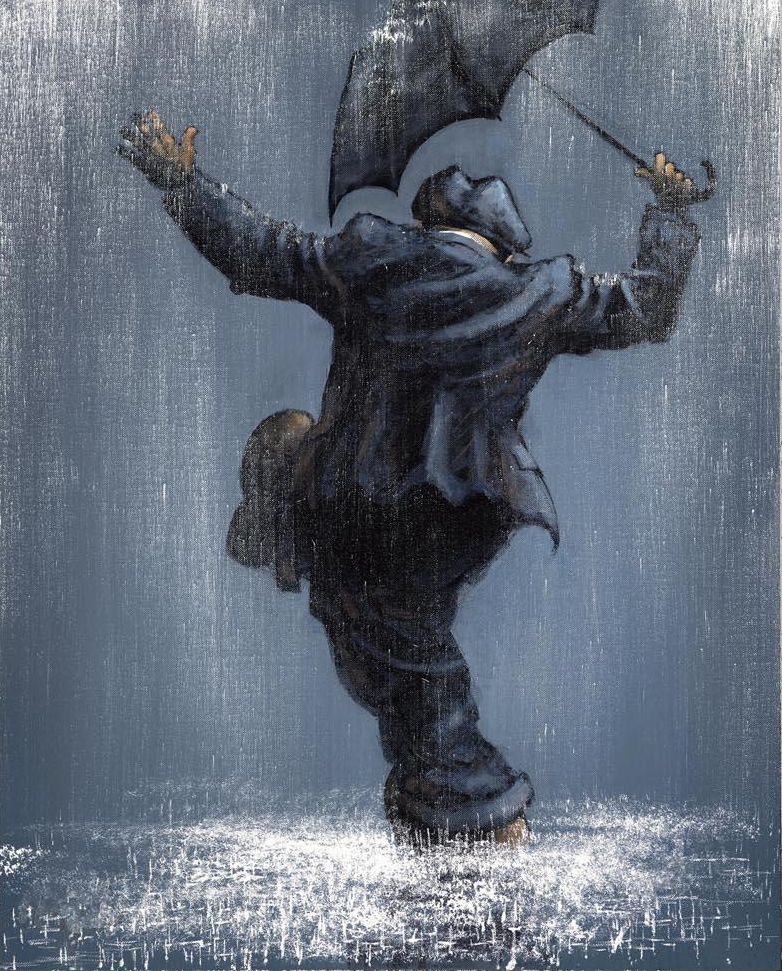"L'Arte! Chi la può comprendere? A chi si può rivolgere una persona per attirare l'attenzione di questa grande Dea.."
Beethoven
Andy Warhol (1928-1987) | Beethoven
- Ludwig van Beethoven (1770-1827) è stato la figura predominante musicale nel periodo di transizione tra l'epoca Classica e Romantica.
Beethoven fu un innovatore, che ampliò il campo di applicazione della sonata, sinfonia, concerto e quartetto, e la combinazione di voci e strumenti in un modo nuovo.
La sua vita personale è stata segnata da una lotta contro la sordità, e alcune delle sue opere più importanti sono stati composti nel corso degli ultimi 10 anni della sua vita, quando era ancora in grado di sentire.










